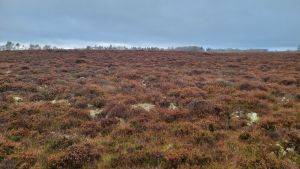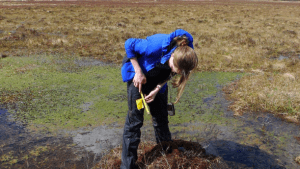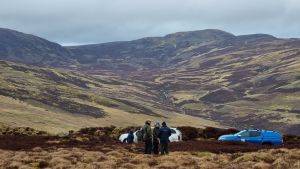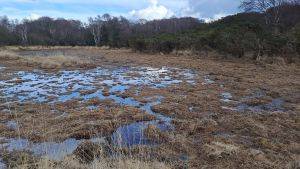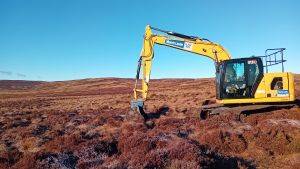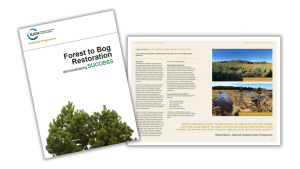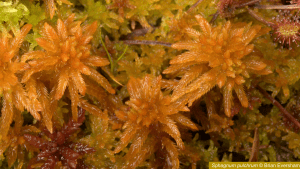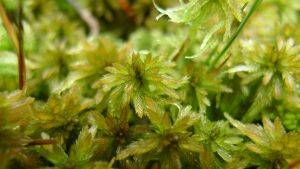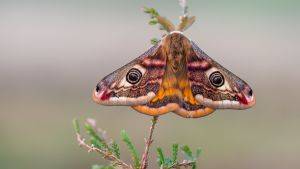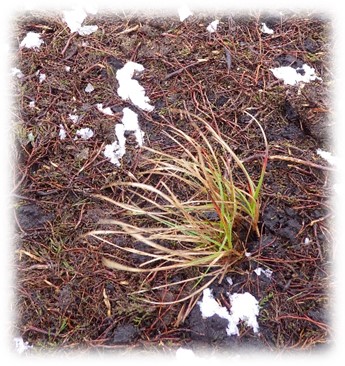 This year, Yorkshire Peat Partnership has been trialling Solumoss on one of its sites at Ramsgill in Nidderdale.
This year, Yorkshire Peat Partnership has been trialling Solumoss on one of its sites at Ramsgill in Nidderdale.
The programme targetted areas that they had re-wetted by grip blocking the previous year, inoculating 9.5 ha with Solumoss (at an application rate of 140 litres per ha) in total. The Solumoss was applied to areas cut close to the ground, these areas having been cut previously to provide brash for bare peat areas. The cuts were between 8 and 10 m wide and 20 to 50 m long.
Yorkshire Peat Partnership were able to adopt RSPB's methodology (used at Dove Stone) of translocating 'clumps' of Sphagnum, using supplies of S. pappilosum, S. capillifolium and S.fallax from nearby Cragdale and Heathfield, which had good supplies.
Cotton grass plugs (see picture on right) have also been used for the first time by Yorkshire Peat Partnership, to help revegetate bare peat areas at Cragdale and Heathfield. They have found them particularly useful on hags and gullies that have been reprofiled, where the peat has lost some of its cohesion.
Find out the latest news from Yorkshire Peat Partnership on their Facebook page.
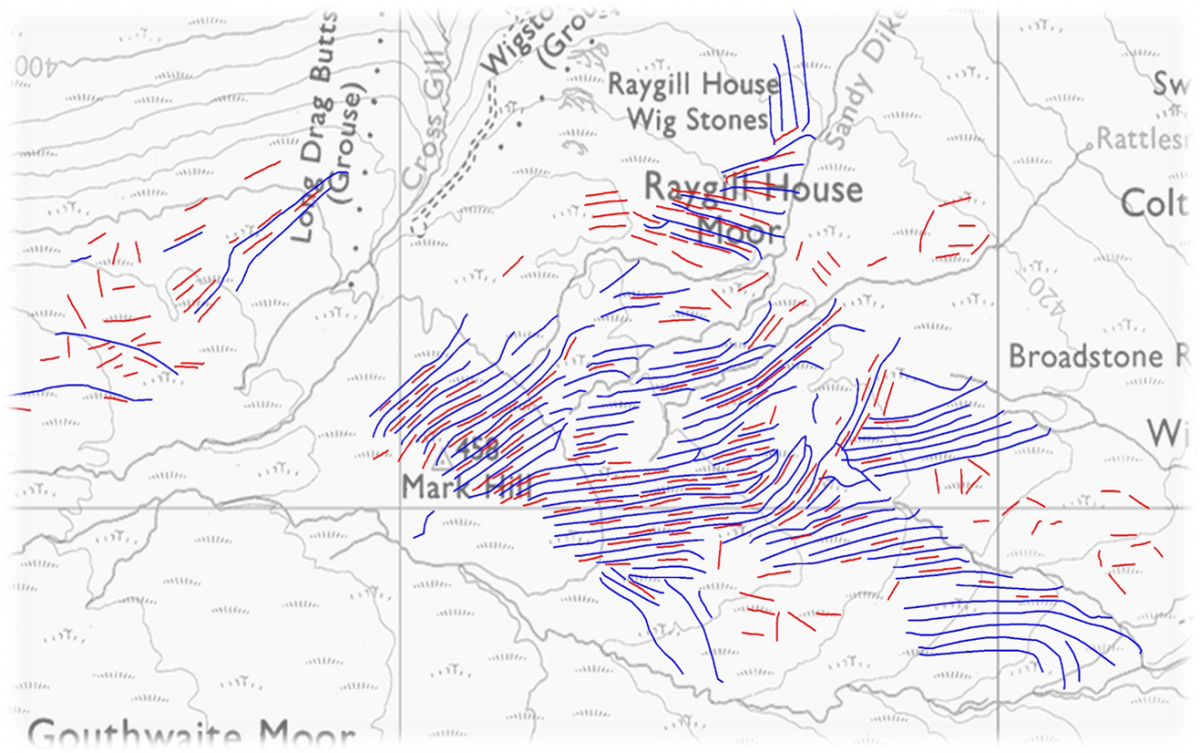
Inoculation areas between grips

